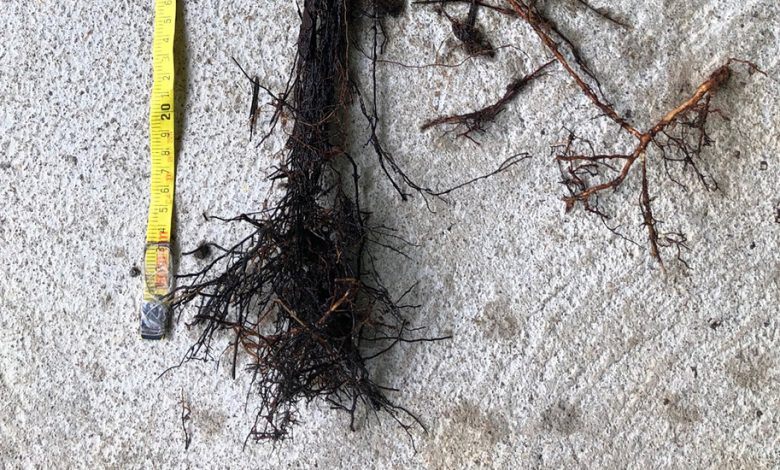A Fern’s ‘Zombie’ Fronds Sprout Unusual Roots

In the rainforests of western Panama, the plant biologist Jim Dalling stumbled upon some tree ferns with six-foot-long leaves that bent to the ground as they were dying, encircling the plant like a skirt.
“I was trying to move these things out of the way and then in the process, I realized these were rooted into the ground,” Dr. Dalling said. A professor and forest ecologist at the University of Illinois, he had been searching for a completely unrelated plant.
The fern’s leaf remnants were brown and withered — dead, by all appearances (though still attached at their base to the tree fern’s trunk). How could lifeless plant matter be endowed with roots? he wondered.
“I couldn’t really believe what I was seeing,” Dr. Dalling said.
Further study revealed that this tree fern, known as Cyathea rojasiana, transforms the inner part of its dead or dying leaves. The remnants of the xylem and phloem — tubules that transport water, sugars and nutrients throughout living leaves — somehow become a root.
The tips of these fronds, nicknamed “zombie leaves,” then sprout new fine roots that penetrate the soil, said Dr. Dalling, co-author of a study describing the findings published in January in the journal Ecology.
In the process of transmuting the mid-rib of the leaf, the plant undergoes a proliferation of new vascular tissue — and avoids rotting while the rest of the leaf withers away.




